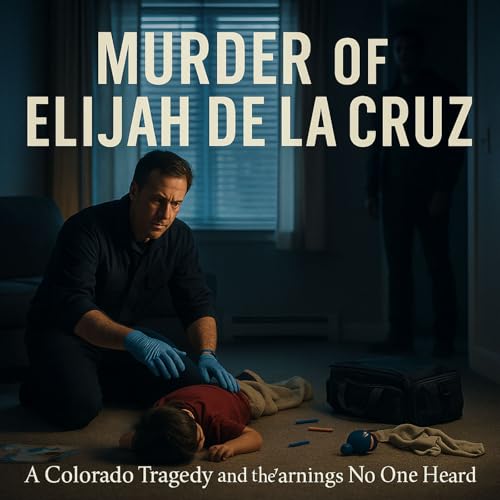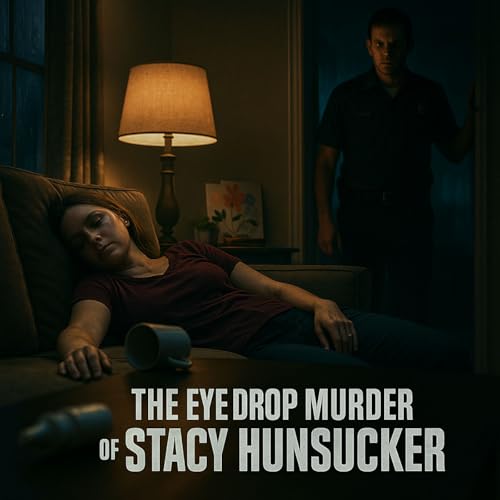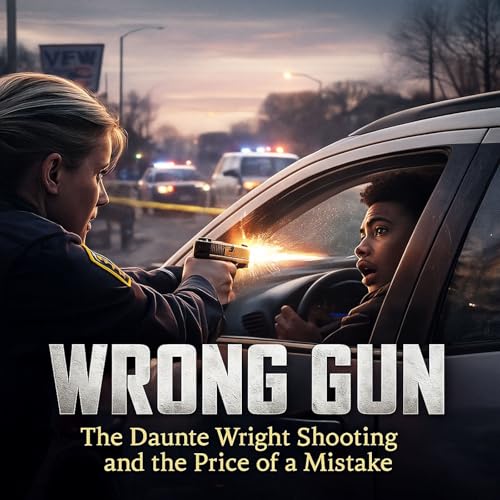The story of Sheylla Cabrera unfolds like a chilling true-crime drama rooted in love, desperation, and a mother’s final attempt to protect her children. Sheylla, a devoted mother of three young boys, had built a quiet life in California after leaving Peru—enduring years of emotional and physical abuse at the hands of her husband, Josimar. Behind the warm walls of their modest apartment, hidden beneath the laughter of her sons, Sheylla lived in fear. For years she concealed bruises, excuses, and terror, always hoping Josimar would change.
But in August 2025, she reached her breaking point. She confided in her parents that she intended to leave him, take the boys, and file a report with authorities. Her voice trembled with the weight of the decision, yet held a quiet resolve. She was ready to fight for her life and her children’s safety. But her courage ignited Josimar’s rage.
On August 10, before dawn, the unthinkable occurred. What happened in that apartment remains sealed behind investigative files, but the aftermath revealed everything: Sheylla never made it to the police. Her three sons witnessed something no child should ever see. Neighbors later recalled screams, arguments, and then an eerie silence—followed by the sight of Josimar cleaning the trunk of his car under the cover of night. Surveillance footage would later capture him dragging a heavy bundle across the ground, footage that transformed a missing-person case into a homicide.
Two days later, Sheylla was reported missing. Detectives quickly locked onto inconsistencies in Josimar’s story. He fled with the children, slipping across borders back to Peru. Meanwhile, investigators uncovered a harrowing trail: evidence of a struggle, digital footprints of Sheylla seeking help, and Josimar’s prior violent history in Peru. Their search ended in the Angeles National Forest, where Sheylla’s body was discovered—hidden but not forgotten.
Public outrage grew. Vigils illuminated her name. Advocates for domestic violence victims invoked her story as a painful reminder of unspoken fear inside too many homes. Her family—grieving, hollowed, but determined—fought to protect her boys from further trauma.
On August 27, Josimar was arrested at Interpol headquarters in Lima after international pressure mounted. Extradition, legal battles, and the full weight of evidence brought him into a California courtroom months later. The trial revealed a pattern of escalating abuse, threats, and jealousy. Witnesses described years of fear. Prosecutors laid out a timeline of premeditation and rage. Sheylla’s parents took the stand, their testimony laced with love and heartbreak.
After three agonizing weeks, the jury delivered a guilty verdict. Josimar was sentenced to life, ending his ability to harm anyone again.
In the aftermath, Sheylla’s family became guardians of her legacy. They embraced her sons, giving them a home filled with warmth, stability, and reminders of their mother’s love. Communities rallied to support them. Advocacy groups expanded resources for thousands of silent victims. Scholarships, foundations, and educational programs were created in Sheylla’s honor. Her story became a call to action.
Pain turned into purpose. Grief became a voice for change. And Sheylla’s memory lived on—in the lives she touched, the protections she inspired, and the children she left behind, now growing in safety and hope.
 Nov 23 202535 min
Nov 23 202535 min Nov 23 202542 min
Nov 23 202542 min 8 min
8 min 9 min
9 min Nov 21 20258 min
Nov 21 20258 min Nov 20 20259 min
Nov 20 20259 min 9 min
9 min 15 min
15 min
